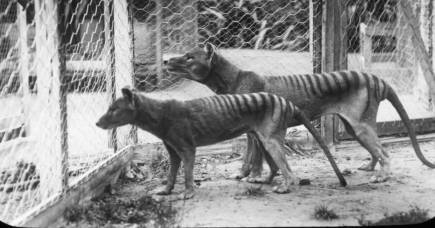The Thylacine Cloning Debate
Created: Tuesday, 04 June 2013 02:52

Much has been written recently about the possible DNA mapping and cloning of the Thylacine and a possible reintroduction of the species at some stage back into the wild.
I cannot help but think that this exercise is nothing but a mere monetary waste by scientists and is a far fetched idea that is neither practical or feasible!
15 Years of anticipated or expected research, which they claim (By the year 2020) we may have our first ever cloned Thylacine on display and at the expense of today’s monetary value of $80 million. My research cannot even obtain 80 cents in sponsorship let alone the $80,000,000 that others have secured.
If I could obtain $80,000 and also had 15 months to enable me to secure the evidence then I believe that my research program will be far more beneficial and will outweigh the unnecessary waste of public monies on a cloning exercise that is highly unlikely to ever achieve the results that are being touted.
Not only would my research be able to produce the conclusive evidence that the thylacine is alive and well, but it could significantly enhance a scientific project with the sudden availability of fresh DNA from a living animal and not having to try to extract old DNA from bone fragments and pieces of animal tissue from carcasses well over 100 years in age!
I can categorically say to you the reader of this material “that the thylacine will make a remarkable come back one day despite all of the odds and hopefully it will occur in the not too distant future and that it will be through natural causes and not through the DNA cloning process”!
How do I know this? Because I along with my sons and numerous other eye witnesses have seen the animal and know that it is still out there! That’s why!
I know that this revelation sounds very strong but I am quite passionate about the research that I have been undertaking and by what I have seen!
Thylacine cloning project dumped
Judy Skatssoon
ABC Science Online
Tuesday, 15 February 2005
Professor Mike Archer considers the 1866 Tasmanian tiger embryo, which has provided DNA for attempts to clone the extinct marsupial (Image: Reuters/David Gray)
The much publicised attempt to clone Australia’s Tasmanian tiger back from extinction has been scrapped, the Australian Museum says.
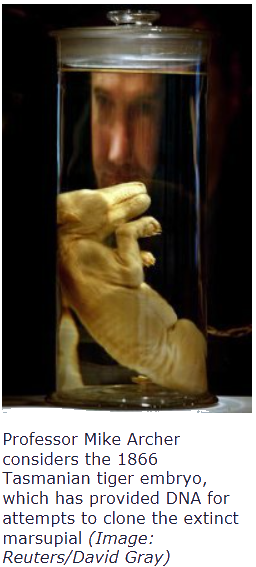 Australian Museum director Frank Howarth and assistant director science and collections Dr Les Christidis say the quality of the DNA is too poor to work with. They say while the museum has sufficient expertise to try to construct a DNA library it lacks the facilities and skill to conduct “further stages requiring cell culture”. The cell culture stage of the project would have been necessary to enable cells from other specimens to act as hosts for parts of the reconstructed genome. “The museum’s future involvement in the thylacine project has been re-evaluated,” the museum said in a statement to ABC Science Online. “In fact, further investigation has now revealed that the thylacine DNA is far too degraded to even construct an DNA library.
Australian Museum director Frank Howarth and assistant director science and collections Dr Les Christidis say the quality of the DNA is too poor to work with. They say while the museum has sufficient expertise to try to construct a DNA library it lacks the facilities and skill to conduct “further stages requiring cell culture”. The cell culture stage of the project would have been necessary to enable cells from other specimens to act as hosts for parts of the reconstructed genome. “The museum’s future involvement in the thylacine project has been re-evaluated,” the museum said in a statement to ABC Science Online. “In fact, further investigation has now revealed that the thylacine DNA is far too degraded to even construct an DNA library.
“Given this the project cannot proceed to the next stage.” The ambitious project to clone the thylacine from a preserved pup made headlines around the world when it was launched in 1999 by the museum’s then director Professor Mike Archer, who is dean of science at the University of New South Wales.
Archer’s contract as museum director ended in 2003 and with his departure he says the project has lost steam. Howarth and Christidis say the evaluation of the thylacine project followed the appointment of the museum’s new management team in 2004. In a statement to ABC Science Online Archer says he is personally disappointed by the museum’s decision not to proceed with the project. But he says he still hopes it might be possible to bring the thylacine back to life. “I and other colleagues remain interested in the project and I don’t think that it will simply die because the museum can’t proceed,” he says. “The technology to make it happen is improving all the time. And I believe science has a duty to continue to assemble the building blocks that will be needed to do it.”
Archer says the technology for recovering degraded DNA and extracting it from museum specimens was advancing. He says DNA extracted from dried specimens may be just as good, if not better than, that from the preserved pup, and genetic material had already been obtained from three of the museum’s dried specimens.
A helping hand?
Archer says he has also received the backing of leading US genomic expert Dr Craig Venter, a key figure in the sequencing of the human genome and founder of the J Craig Venter Institute. Venter met Archer in Sydney late last year and offered some suggestions about how to proceed as well as offering collaboration in the thylacine project.
There had been widespread speculation about the future of the thylacine project since Archer left the museum to return to the University of New South Wales.
Archer earlier acknowledged the project was “in a go-slow phase” and says another institution, such as the University of New South Wales, may need to take over leadership of the project in future. He says commitment to the project has waned since his departure from the museum. The last known living thylacine died in captivity in 1936, on Australia’s southern island state of Tasmania.
THE 9 STEPS TO DE-EXTINCTING AUSTRALIA’S THYLACINE
The reality of bringing back the Tasmanian tiger from extinction using its genome is now a step closer, but how will science make it happen?
By Professor Andrew Pask, University of Melbourne
Bringing extinct animals back from the dead is no longer the realm of science fiction but is fast becoming a scientific reality.
Around the world, research is ongoing to bring back key species using modern science advances in DNA sequencing, DNA editing and reproductive technologies.
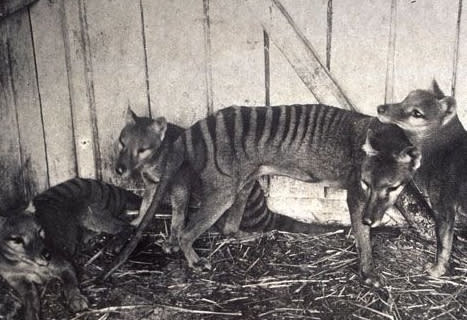
Our research focuses on the marsupial, thylacine – also known as the Tasmanian tiger – which is in fact one of the best candidates for de-extinction.
The history of the thylacine is a sad one. The thylacine was broadly distributed across Australia before becoming extinct on the mainland around 3,000 years ago. But it continued to exist in Tasmania.
However, this unique animal was hunted to extinction by European settlers who thought it a threat to the Tasmanian sheep industry and the last known animal died in captivity in 1936.
The thylacine was completely unique among extant marsupials at the time. It had an iconic wolf or dog-like appearance, often described as a long dog with stripes, because it had a long, stiff tail and a big head.
A fully grown thylacine could measure 180 centimetres from the tip of the nose to the tip of the tail and stood 58 centimetres high. Its thick black stripes extended from the shoulders to the base of the tail.
Like the dingo, the thylacine was a very quiet animal.
It was known as Australia’s only marsupial apex predator. Our country’s modern apex predators – which now includes the likes of saltwater crocodiles and the dingo – form an extremely important part of the food chain and are often responsible for stabilising ecosystems.
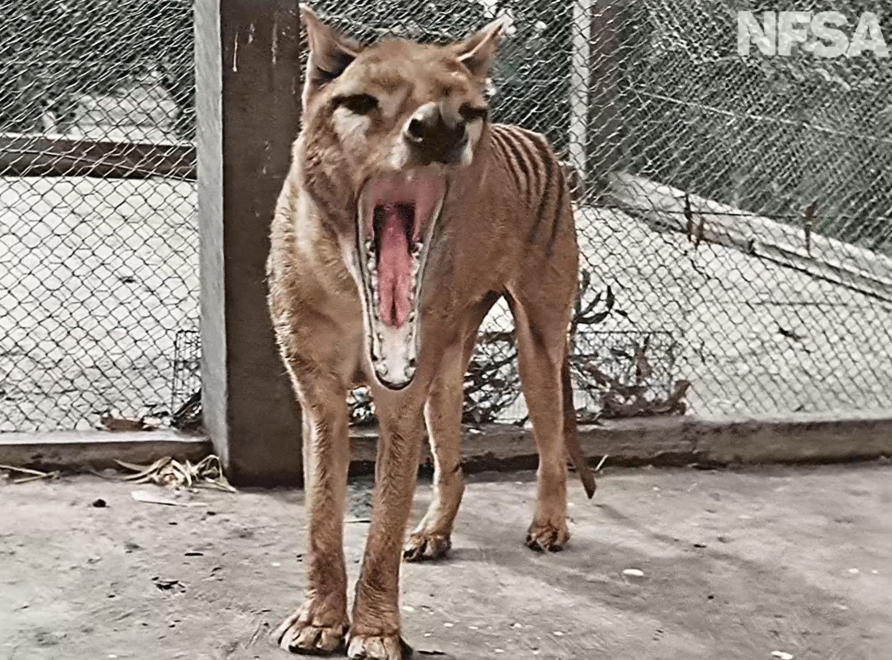
The emergence of the fatal Tasmanian devil facial tumour disease is a clear example of what can happen in an ecosystem when sick animals are no longer preyed upon and removed from the population.
Thylacines would have helped control the spread of this deadly disease in Tasmania, and could have helped prevent the now near-extinction of the Tasmanian devil.
So how do you go about de-extincting these important animals?
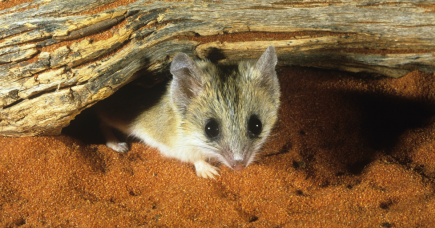
If we look at the modern-day habitat in Tasmania, it has remained relatively unchanged. This means it provides the perfect environment to re-introduce the thylacine, enabling it to reoccupy its niche.
But bringing back an animal costs a lot of money. And a recent major philanthropic donation has provided 10 years of funding to establish the TIGRR lab(Thylacine Integrated Genomic Restoration Research lab) to enable the development of novel technologies for marsupial conservation and restoration.
While there is a broad ethical conversation to be had about de-extinction, the advances in marsupial science have immediate conservation benefits.
Our work will lead to much-needed technological advances in this space which include developing methods for creating marsupial stem cells to biobank species diversity and protect against species loss from events like Australia’s recent devastating bushfires.
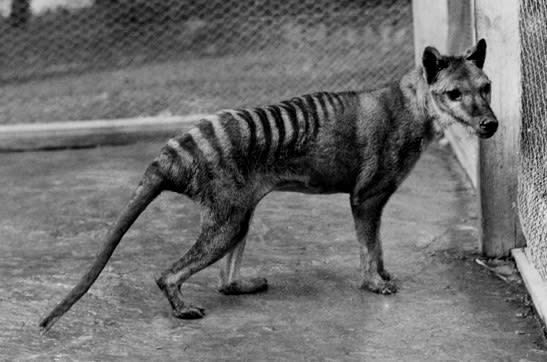
Developing gene editing technologies means we can tackle issues like engineering cane toad toxin resistance into vulnerable marsupial species. While the work on marsupial cloning along with embryo growth and development can help marsupial breeding programs and species management strategies.
If we look specifically at the process to de-extinct the thylacine, there are nine key steps.
STEP 1:
The good news is that this step is complete. We’ve released the thylacine genome which is basically a complete genetic blueprint or set of instructions on how to build a thylacine.
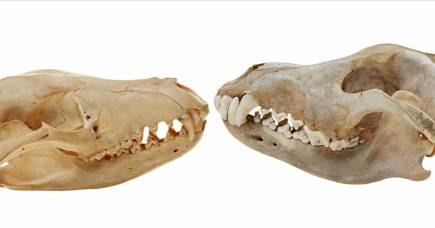
This is an essential first step in any de-extinction project, and the likelihood of de-extincting the animal is completely reliant on the quality and accuracy of that genome.
To date, the thylacine represents the highest quality extinct genome for any species (and before you ask, yes, that includes the woolly mammoth and the dodo). However, this resource can still be improved.
Since we published the thylacine genome in 2017, advances in genome sequencing technology now provide many new options to further enhance the quality and build of the genome.
STEP 2:
This is another one the team have already completed. We now have the sequence for several species which represent the thylacine’s closest relatives, which includes the dunnart or marsupial mouse.
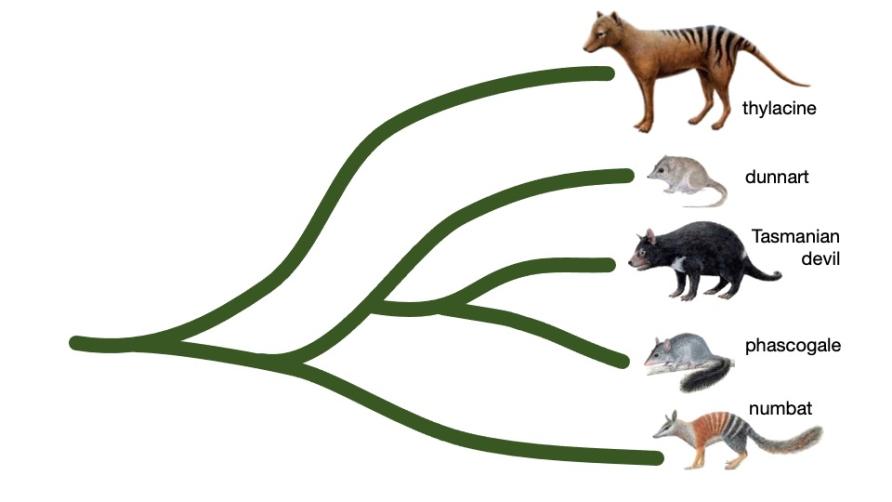
The species with the most similar DNA will provide the living cells and template genome that can then be edited to transform it into a thylacine genome.
STEP 3:
This is a large bioinformatics (or computational) project that compares marsupial genomes to identify all the differences that would potentially need to be edited into the hosts genome to create a ‘thylacine’ cell. This element is currently a major objective of the new TIGRR lab.
STEP 4:
This step is now in development with the TIGRR lab and the Australian Research Council. We have derived stem cells for our model marsupial species, the fat-tailed dunnart, from which a lot of the techniques needed for our thylacine de-extinction will be developed.
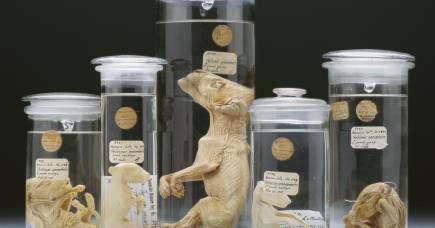
As part of TIGRR lab, we will establish methods that work in all marsupials. With this tool, we can effectively bio-bank diversity in ‘at-risk’ marsupial populations and protect against the loss of species that are threatened or endangered.
STEPS 5 TO 7
These steps require the development of assisted reproductive technologies (ART) for marsupials and is in development with the TIGRR lab. These techniques are required to use living stem cells to make an embryo and then successfully transfer it into a host species’ uterus.
STEPS 8 TO 9:
This is where de-extinction efforts for marsupials have a distinct advantage over other mammals. All marsupials give birth to tiny young which complete development in the pouch while suckling milk.

Instead, as part of the de-extincting process, this can be replaced from a very young age with bottle feeding. It means that unlike other animals that require long and complicated gestation times, we can generate living animals in a range of host species and potentially without the need for a host at all.
These nine steps are likely to take a decade or more – but the work along the way will be of immediate conservation benefit for marsupials, as well as developing the technology necessary to bring back an iconic Australian animal that we hunted to extinction.
This research is being made possible through a philanthropic donation from the Wilson Family Trust. For more information about the donation and the work of the team, you can read more here: https://about.unimelb.edu.au/newsroom/news/2022/march/no-longer-science-fiction-$5m-gift-brings-de-extinction-of-the-thylacine-one-step-closer
Banner: AAP
First published on 2 March 2022 in Science Matters
